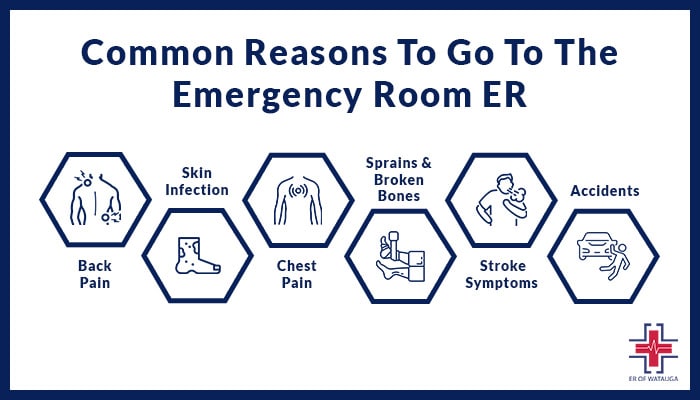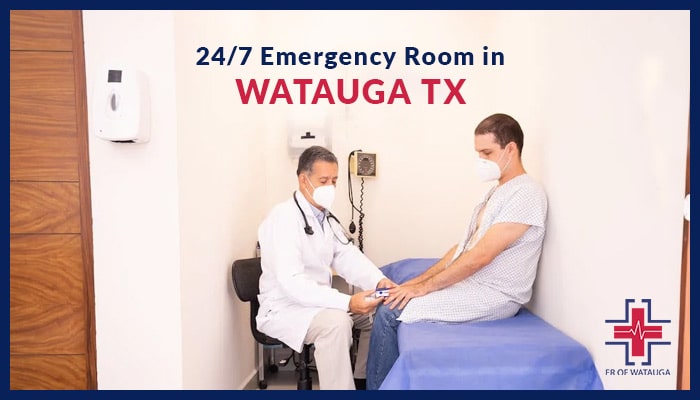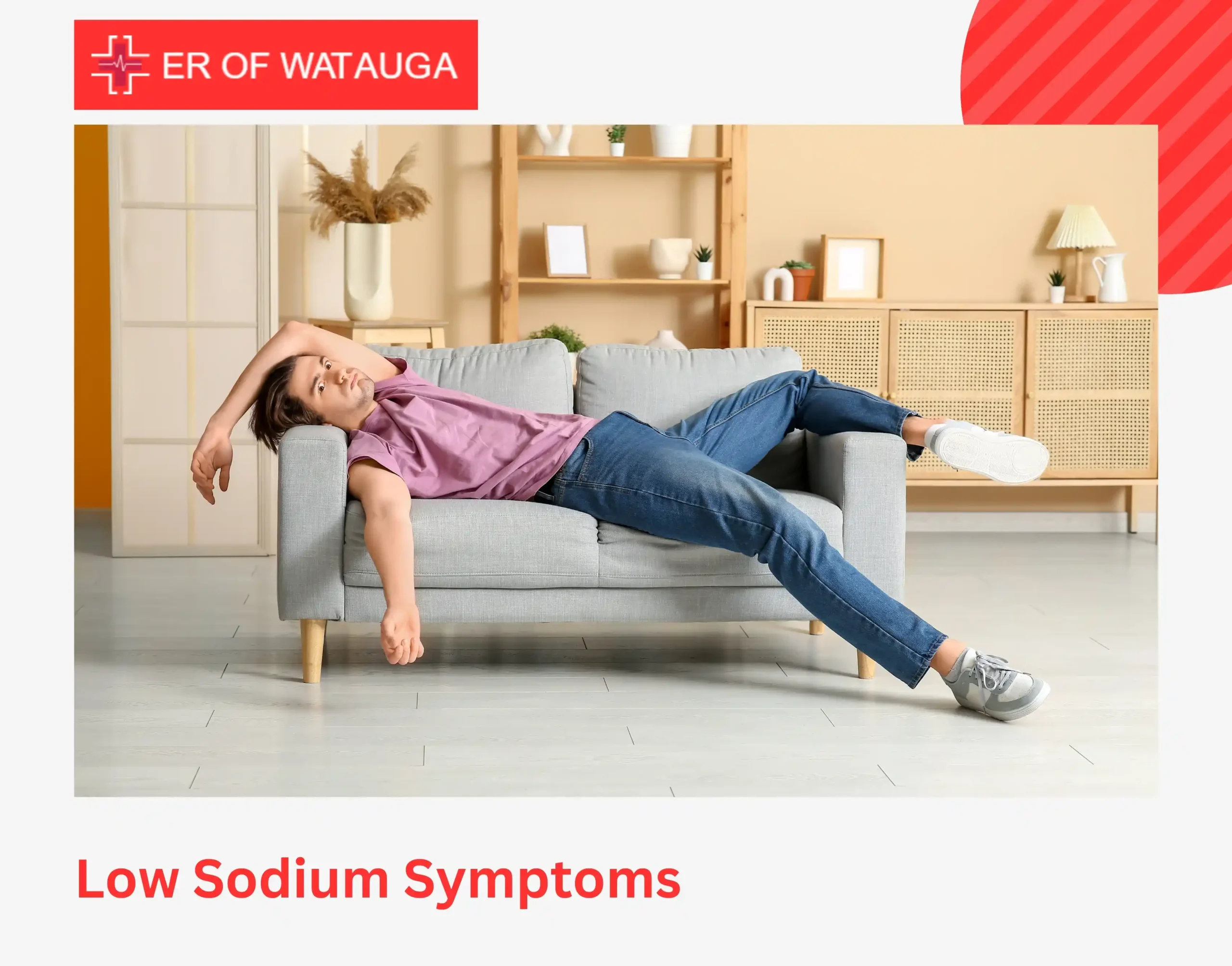People frequently go to the emergency department when they have a medical emergency.. According to the CDC, there are about 155.4 million emergency room visits in the U.S. each year. On average, 40–45 visits occur per 100 people in the U.S. each year. Out of that, roughly 15% of ER visits result in hospital admission, while most patients are treated and released.
ER rooms are equipped to handle a wide range of health issues, from minor injuries to serious illnesses, effectively. These accommodations have been recommended by a lot of individuals, which makes the prices extremely reasonable.
What Is An Emergency Room?
A hospital’s emergency room is where patients with life-threatening illnesses are treated. Aside from life-saving measures, they offer emergency care. They’ll send you on for hospital admission if you’re very sick. After the first treatment, if you are not admitted, you will be released home to finish the course of treatment under your own physician’s supervision. The layout of emergency rooms is intended to provide prompt, transient care.
Reasons To Visit Emergency Rooms
There may be lengthy waits and no appointments accepted at emergency rooms. It’s a far less comfortable experience than going to see your doctor. Only in extreme circumstances, when waiting would be risky, should you go there. First, let’s look at a condition that typifies emergency room perceptions. Read the following page to learn more.

Back Pain
Unbelievably, back pain is becoming more and more common in emergency rooms. While some cases develop gradually, an accident or improper movement can cause someone to strain a back muscle or possibly injure one of the numerous spinal column bones.
Experts in medicine say that routine activities, improper lifting or twisting techniques, or a deficiency of back-strengthening muscles can all contribute to back pain. However, other health issues including kidney stones, arthritis, or a herniated disc may also be the cause. That’s why severe or sudden back pain, especially in older adults, should always be evaluated in the ER.
Skin Infections
Skin’s role in protecting our bodies is undermined when there’s a breach in the system. Pus-filled abscesses and other skin diseases can cause the body to behave abnormally, causing discomfort and other symptoms. Additionally, bacteria that are typically stopped by the skin or the immune system can enter the body through skin diseases.
Thankfully, Watauga emergency room physicians are qualified to examine skin issues, drain abscesses, and prescribe medicine to treat pain and infection. While some diseases may not need immediate attention, some may if they spread quickly or are resistant to medications.
Toothaches
ER physicians must undoubtedly deal with dental problems, even if they aren’t immediately thought of when thinking of the ER. Emergency room visits for toothaches are still frequently made, particularly on the weekends or after dentist clinics are closed.
Patients frequently present with pus-filled spaces, known as abscesses, either inside their teeth or in the gum tissue around them. In emergency rooms, doctors drain abscesses and prescribe painkillers when they are available.
Depending on the costs, urgent care may be more affordable than emergency treatment. For non-life-threatening dental pain, urgent care or dental clinics are often more cost-effective alternatives.
Sprains & Broken Bones
Broken bones and sprains can occur to anyone, regardless of age or condition. Sprains happen when ligaments that are affixed to body joints are stretched to the breaking point or completely torn. Twisting a body part during movement or exercise can cause these injuries, occasionally occurring alongside fractured bones.
Still, not every sprain calls for ER attention. A majority can be referred to urgent care facilities, where medical professionals are equally qualified to treat patients and have access to imaging devices like X-ray equipment to rule out fractures or broken bones.
Conversely, fractured bones are more likely to need emergency care, particularly if they could harm the body’s other systems. For example, a broken rib from an automobile accident may puncture important organs in the chest; on the other hand, a broken toe may not be as dangerous and is a situation more suited for urgent care.
Stroke Symptoms
Stroke is one of the most urgent medical emergencies. A stroke happens when blood supply to the brain is interrupted, which can cause permanent brain damage or death.
Signs Include:
- Confusion
- Having trouble speaking
- Unsteadiness or fainting
- Weakness or numbness on one side of the body
- Having trouble understanding speech
- Blurred or lost vision
If you experience any of these symptoms, you need to get to the nearest emergency room right away.
Chest Pain
Never disregard any form of pain, as it may initially appear to be a minor issue that can lead to a more serious problem. It is advisable to take any pressure or chest pain in that location seriously and seek medical attention. Indigestion may have resulted from a false alarm caused by chest pain. However, until you conduct adequate testing, you cannot rule out that possibility.
Skilled medical professionals and nurses perform an electrocardiogram (ECG) to rule out significant cardiac conditions. Individuals with symptoms such as dizziness, heartburn, shortness of breath, or arm discomfort should visit an emergency department right away.
Accidents
The fact that accidents are included among the emergencies is not shocking. This includes anything from a sprained ankle to a broken leg from an automobile collision. When they have any kind of injury or concussion while playing, some sportsmen are referred to the emergency room.
Patients from serious auto accidents are taken straight to the emergency room (ER) for their condition.
Abdominal Pain
Abdominal pain is consistently among the top five causes of ER visits, with millions of cases each year. Causes range from appendicitis and gallstones to gastrointestinal infections.
Head Injuries
Concussions and traumatic brain injuries send millions to the ER annually. Falls, sports injuries, and accidents are common causes of these conditions. Even mild head injuries should be evaluated if symptoms include nausea, vomiting, or confusion.
Fever in Children and Infants
Parents often bring infants and young children to the ER for high fevers, especially if accompanied by lethargy, rash, or breathing issues. Pediatric fever accounts for a significant proportion of ER visits nationwide.
24/7 Emergency Room in Watauga TX
In our state-of-the-art emergency care clinic, we provide 24/7 service. Our staff members are handling patients by regular procedures. We respond swiftly to life-threatening situations at the ER of Watauga. Our top focus is your emergency or worry! Your go-to Watauga emergency room for prompt, reliable service is the Watauga 24-Hour Emergency Room. Do not hesitate to give us a call now.

Conclusion
While services in emergency rooms used to be quite costly, they are now reasonably priced. The emergency rooms are designed to be easily accessible and conveniently located near you. These facilities will effectively address your concerns and provide high-quality medical care in Texas.
FAQs
What makes visiting the emergency room a good idea?
Some medical diseases are deemed emergencies because they may necessitate quick or sophisticated treatments, such as surgery, that are only provided in a hospital. Breathing problems or chest pain are among the symptoms that are best assessed in an emergency department. numbness or weakness on one side.
How do you define a quality emergency room?
You and your family should have access to comfortable locations while you wait to visit the doctor. A top-notch emergency department should offer private treatment rooms and prompt access to cutting-edge diagnostic equipment so that each case can be assessed as thoroughly as possible.
Which word best describes an emergency room?
ED/ER stands for emergency department or room. Emergency Medical Services, or EMS.
Which components make up the emergency plan?
The emergency plan outlines all potential situations, their outcomes, necessary steps to take, documented protocols, and available resources. Comprehensive lists of emergency response professionals, complete with mobile phone numbers, backup contact information, and a description of their roles and responsibilities. Plans for floors.






